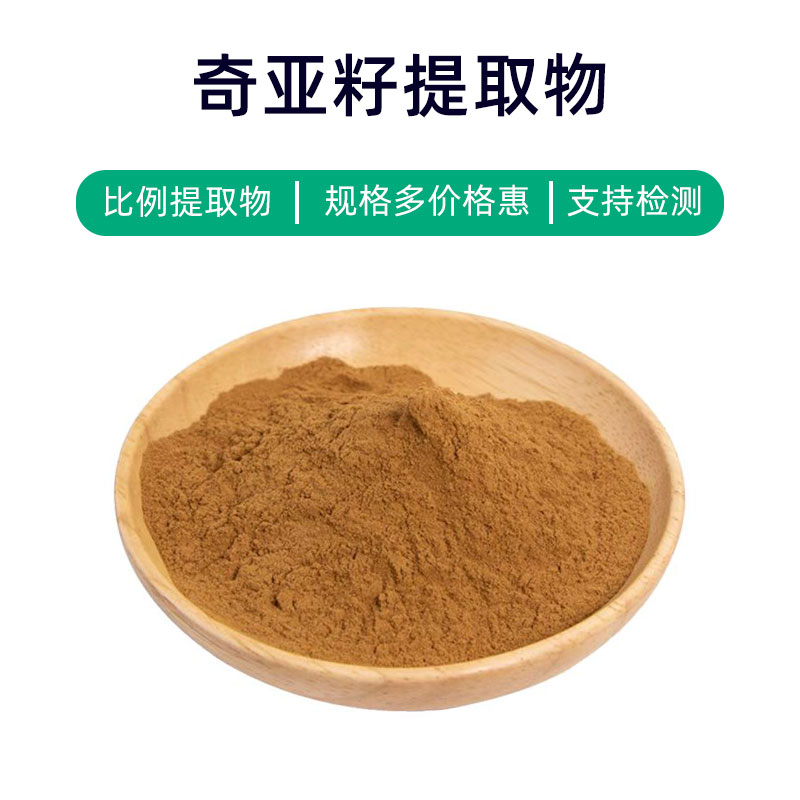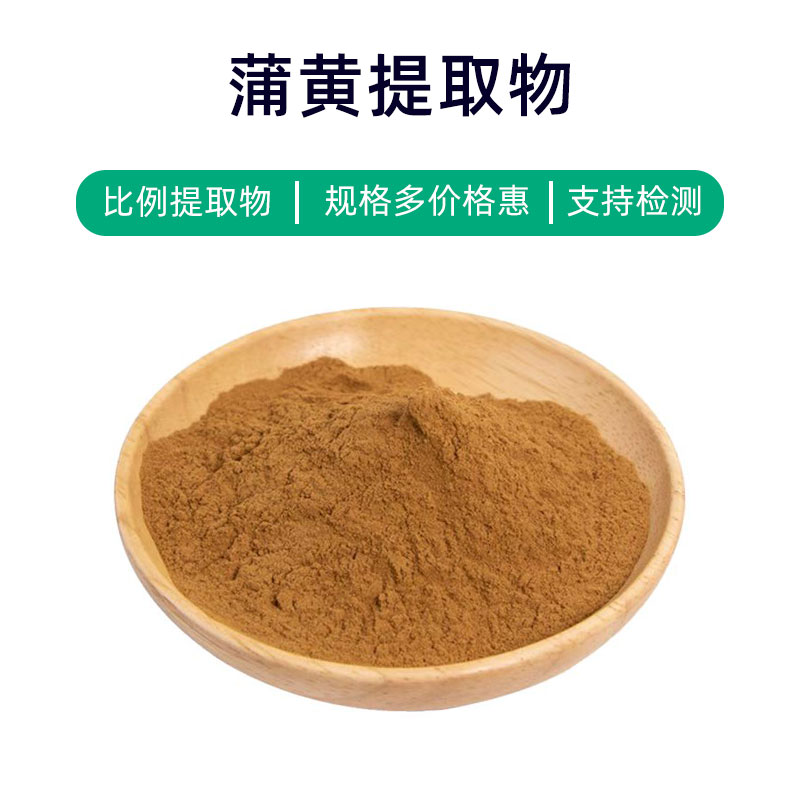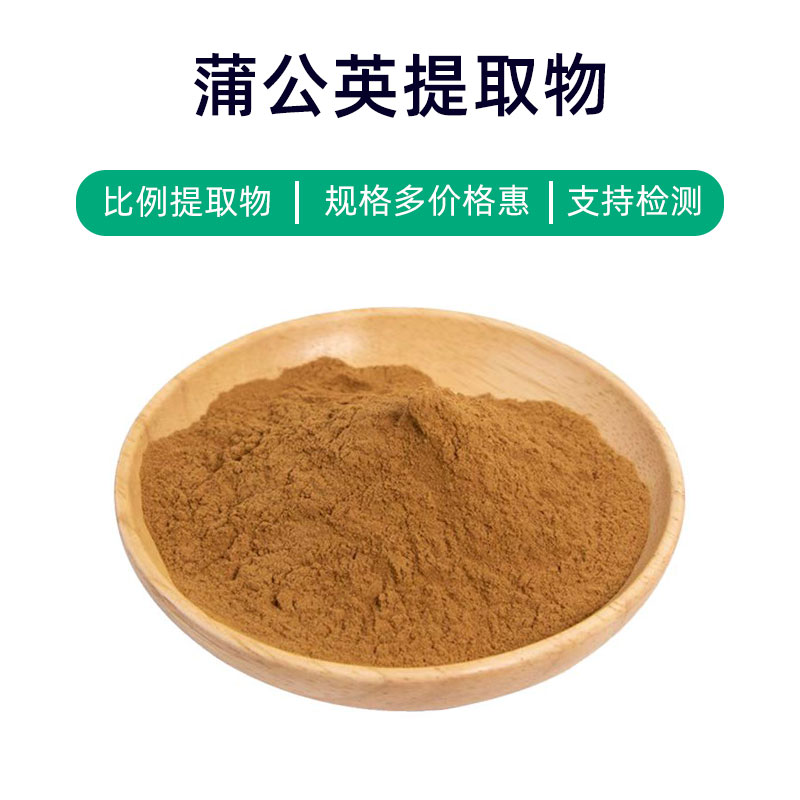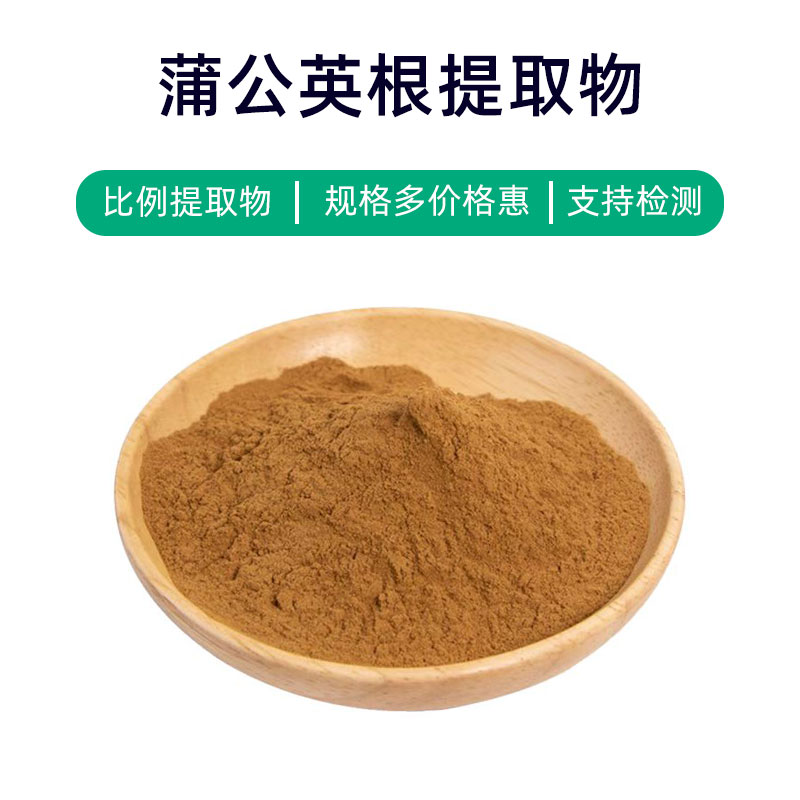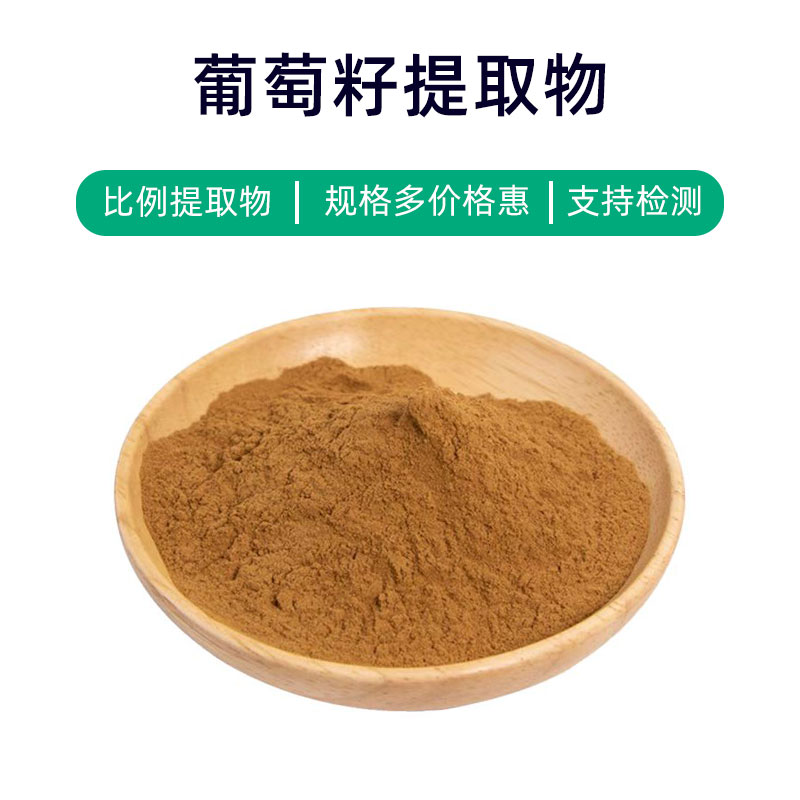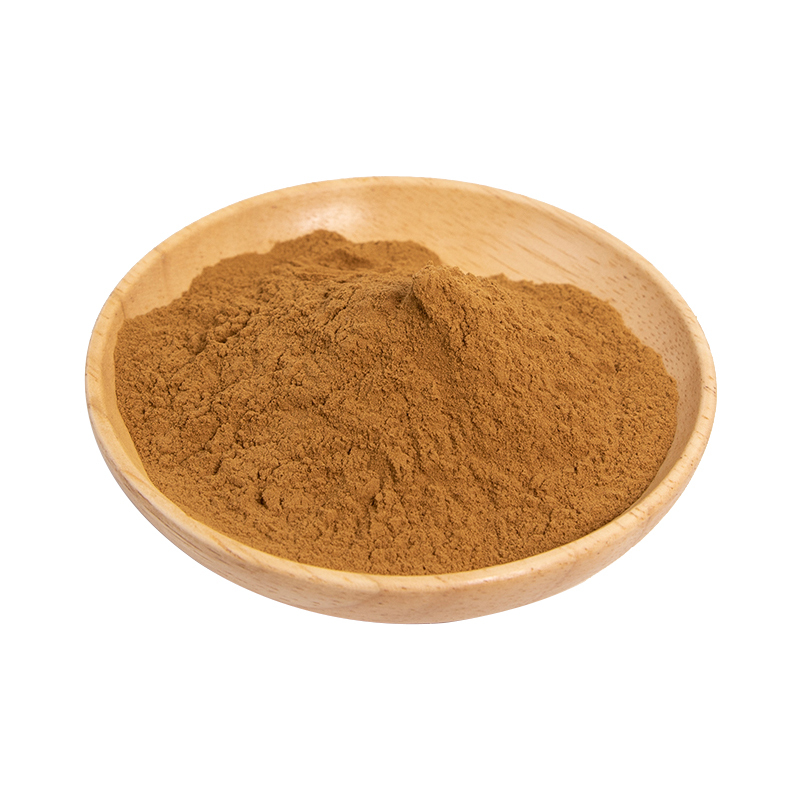Buddha's Hand Extract Product Introduction
Buddha's Hand extract is a natural plant extract derived from the fruit of Buddha's Hand, primarily composed of citrus compounds like limonene, citrus bitters, and citrus peel flavonoids. These ingredients impart a unique citrus aroma and rich nutritional value to the extract.
The extract has multiple benefits and applications. Firstly, it is commonly used as a food and beverage additive, providing products with a special citrus aroma and flavor that stimulate the appetite. Secondly, in the health supplements field, Buddha's Hand extract is widely used due to its high content of vitamin C, antioxidants, and other nutrients that help boost immunity, promote metabolism, and enhance overall health. Additionally, thanks to its natural fragrance and antioxidant properties, the extract is utilized in cosmetics and personal care products, such as perfumes, shampoos, and skincare items, offering pleasant scents and skincare benefits.
Overall, Buddha's Hand extract is a multifunctional natural plant extract with broad application prospects across food, beverage, health supplements, and cosmetics, adding unique fragrance and nutritional functions that appeal to consumers.
Buddha's Hand Extract Production Process
The production process for Buddha's Hand extract typically involves the following main steps:
- Raw Material Collection and Preparation: Fresh Buddha's Hand fruits are collected as raw materials. Only ripe, well-formed fruit should be selected. After harvesting, the fruit undergoes washing, peeling, and slicing as preprocessing steps to prepare for the extraction process.
- Extraction Process: The preprocessed fruit is then subjected to extraction. Common extraction methods include steam distillation, supercritical fluid extraction, and solvent extraction. Steam distillation is a popular method that extracts volatile components from the fruit through a distillation process.
- Concentration and Purification: The extracted liquid is concentrated to remove moisture, resulting in a concentrate. The concentrate is then purified to eliminate impurities and improve product purity and quality.
- Drying and Milling: The purified extract is dried using drying equipment to convert it into a powder or granular form. During this step, temperature and humidity can be controlled to ensure the stability and quality of the extract.
- Packaging and Storage: Finally, the dried Buddha's Hand extract is placed in sealed containers and packaged to prevent moisture and oxidation. During storage, it should be kept in a cool, dry, and dark environment to maintain its stability and quality.
Through these processing steps, a high-purity, high-quality finished product can be achieved for use in food, beverage, health supplements, and cosmetics.
Buddha's Hand Extract Efficacy and Side Effects
As a natural plant extract, Buddha's Hand extract offers various benefits and effects, including:
- Antioxidant Properties: Rich in vitamin C, flavonoids, and other natural antioxidants, it helps combat free radical damage to cells, slows cellular aging, and protects the skin from environmental pollutants and UV damage.
- Beauty and Hydration: Buddha's Hand extract contains natural moisturizing factors that effectively hydrate the skin, increasing moisture and elasticity while addressing dryness and roughness, leaving skin soft and refined.
- Soothing and Calming: Certain components in the extract provide soothing effects, relieving skin inflammation and allergic reactions, reducing redness, itching, and discomfort for a more comfortable feel.
- Oil Regulation: Active ingredients in Buddha's Hand extract can regulate sebaceous gland secretion, balancing skin oiliness, improving oily and combination skin, and reducing shine and acne.
- Inhibition of Melanin Deposition: Some components in the extract can inhibit melanin formation, reducing dark spots and freckles, and creating a more even and brighter skin tone.
- Vascular Protection: Research indicates that certain compounds in the extract help protect blood vessels, improving microcirculation, reducing vascular inflammation, and lowering vascular fragility, aiding in the improvement of skin microcirculation and alleviating dark circles and puffiness.
- Antibacterial and Anti-inflammatory: Some components possess antibacterial and anti-inflammatory properties, effectively inhibiting bacterial growth, reducing skin infections and inflammation, and speeding up wound healing, helping prevent acne and other skin issues.
Although Buddha's Hand extract offers multiple benefits and effects, one should be mindful of individual differences and allergies during use, avoiding excessive amounts or use if allergic reactions occur. It is advisable to perform a skin test before use, follow the usage instructions on the product, and discontinue use and seek medical advice if discomfort arises.
Buddha's Hand Extract Application Scenarios and Dosage
Buddha's Hand extract has extensive applications in the medical, food, and cosmetics fields. Here are the application scenarios and dosage recommendations for various areas:
- Medical Field:
- Skin Disease Treatment: The extract's anti-inflammatory, antibacterial, and healing properties make it suitable for treating eczema, dermatitis, acne, etc. Usage: Prepare the extract as an external ointment and apply to the affected area 1-2 times a day.
- Anti-aging: The antioxidants in the extract help slow skin aging and can be used to formulate anti-aging products. Usage: Add the extract to skincare products for morning and evening use.
- Food Industry:
- Flavoring Agent: Because of its natural citrus aroma, it can flavor foods such as teas, juices, and pastries. Dosage: Add appropriately based on the food type and flavor requirements.
- Nutritional Supplements: Rich in vitamin C and other nutrients, it can be used to make health supplements that boost immunity. Dosage: Follow the suggested dosage in the product instructions.
- Cosmetic Field:
- Skincare Products: With moisturizing and antioxidant effects, it can be used in creams, lotions, and masks. Usage: Apply gently on clean skin according to recommended dosages in the product instructions.
- Perfume: With its refreshing citrus fragrance, it can be used in perfumery. Dosage: Add as per the formulation proportions.
When using Buddha's Hand extract, keep the following points in mind:
- Dosage: Use as suggested in the product instructions and avoid overuse.
- Formulation: If self-formulating, pay attention to the proportions and stability of the recipe.
- Allergy Test: Conduct a skin allergy test before first use to ensure no allergic reactions occur.
- Storage: Store the extract in a cool, dry place, avoiding direct sunlight and high temperatures to maintain its stability and efficacy.
In conclusion, Buddha's Hand extract, as a natural plant extract, has wide application prospects in the medical, food, and cosmetics fields, allowing for specific usage according to needs.
Buddha's Hand Plant Introduction, Distribution, and Growth Environment
The plant from which Buddha's Hand extract is derived is a type of citrus known as Buddha's Hand, scientifically named Citrus medica var. sarcodactylis. Here’s detailed information about the source plant's introduction, distribution, and growth environment:
- Plant Introduction:
- Buddha's Hand is a member of the citrus family and genus, distinguished by its fruit's unique shape resembling fingers.
- It is an evergreen tree characterized by a thorny trunk and branches, with glossy, elongated oval leaves.
- Distribution:
- Native to southern China and Southeast Asia, it is a specialty of regions like Guangdong, Guangxi, and Fujian in China.
- Today, Buddha's Hand has been introduced to other areas, including Japan, the United States, and Australia in tropical and subtropical regions.
- Growth Environment:
- Buddha's Hand is highly adaptable and thrives in warm, humid climates, requiring ample light and humidity.
- It prefers lower elevation areas, especially in regions below 1000 meters in mountains and plains.
- The tree does not have strict soil requirements but thrives in loose, fertile, well-drained soils, adapting well to acidic and alkaline soils.
In summary, Buddha's Hand is a commonly found citrus plant in tropical and subtropical regions, originally from southern China and Southeast Asia. It thrives in warm, humid climates, has strong adaptability, and mainly grows in lower elevation mountain and plain areas with less stringent soil requirements.
Buddha's Hand Extract Processing and Storage
The processing of Buddha's Hand extract typically involves the following steps: first, harvesting mature Buddha's Hand fruits; then peeling, slicing, or chopping the fruit; followed by infusion, distillation, or other extraction methods to obtain the extract. To maintain its quality and active components, the extract usually undergoes drying, milling, and filtering processes, and should be stored in a dry, cool, well-ventilated area, avoiding direct sunlight and damp environments to extend its shelf life.
Monica Sun is a seasoned expert in the plant extraction industry with over a decade of experience in research and production. She specializes in the extraction and purification of plant active ingredients, focusing on driving innovation in natural product applications. Monica has participated in the development of multiple functional plant extracts, delivering high-value natural raw material solutions for the health food, pharmaceutical, and dietary supplement sectors.









